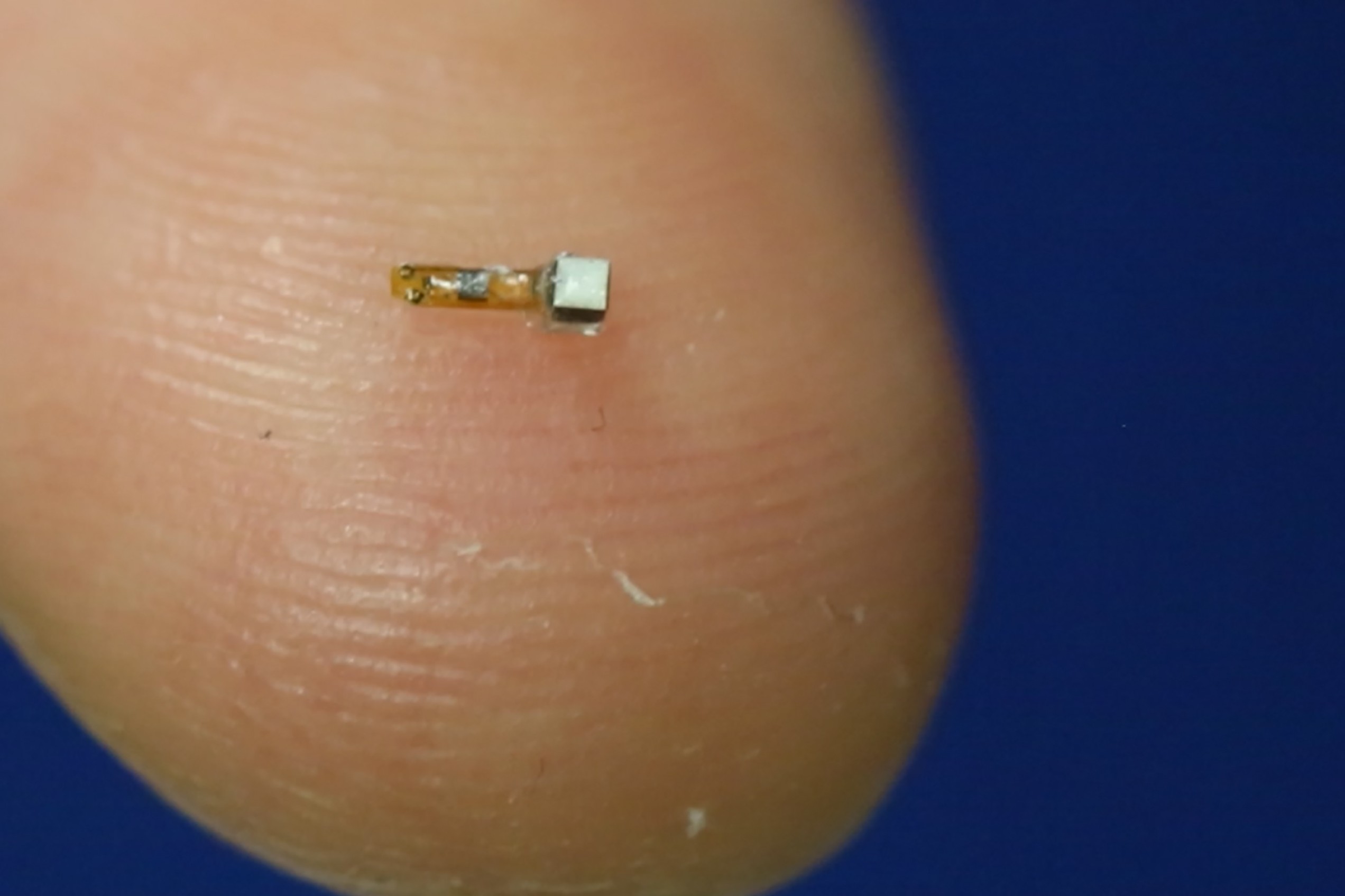
What is Neural Dust? Neural dust refers to tiny, wireless sensors that can be implanted in the body to monitor and stimulate nerves and muscles. These minuscule devices, often smaller than a grain of rice, hold the potential to revolutionize medical treatments and diagnostics. Neural dust works by converting electrical signals from neurons into ultrasound waves, which can then be read by an external device. This technology could lead to breakthroughs in treating chronic pain, epilepsy, and even paralysis. Imagine a future where doctors can monitor your health in real-time without invasive procedures. Neural dust might just be the key to making that a reality.
What is Neural Dust?
Neural dust is a fascinating concept in the realm of biomedical engineering. These tiny sensors have the potential to revolutionize how we monitor and interact with the human body. Here are some intriguing facts about neural dust.
-
Neural dust consists of tiny sensors, often smaller than a grain of sand, that can be implanted in the body to monitor various physiological parameters.
-
These sensors are designed to interface with the nervous system, allowing for real-time monitoring of neural activity.
-
Neural dust operates wirelessly, eliminating the need for bulky external devices or wires.
-
The concept was first proposed by researchers at the University of California, Berkeley, in 2013.
-
Neural dust sensors are powered by ultrasound waves, which provide the energy needed for them to function.
-
These sensors can potentially be used to monitor a wide range of conditions, from chronic pain to neurological disorders.
How Does Neural Dust Work?
Understanding the mechanics behind neural dust can be quite intriguing. Here's a closer look at how these tiny sensors operate.
-
Neural dust sensors are implanted in the body using minimally invasive techniques, often through a small incision.
-
Once implanted, the sensors can detect electrical signals from neurons and transmit this data wirelessly to an external device.
-
The external device then processes the data, providing valuable insights into the body's physiological state.
-
Neural dust sensors are coated with biocompatible materials to prevent the body from rejecting them.
-
These sensors can remain in the body for extended periods, continuously monitoring neural activity without the need for frequent replacements.
Applications of Neural Dust
The potential applications of neural dust are vast and varied. Here are some ways these tiny sensors could be used in the future.
-
Neural dust could be used to develop advanced prosthetics that can be controlled directly by the brain.
-
These sensors could help in the early detection and monitoring of neurological diseases such as Parkinson's and Alzheimer's.
-
Neural dust could provide real-time feedback for patients undergoing rehabilitation after a stroke or spinal cord injury.
-
Athletes could use neural dust to monitor muscle activity and optimize their training regimens.
-
These sensors could also be used in research to better understand how the brain and nervous system function.
Challenges and Limitations
Despite its potential, neural dust faces several challenges and limitations. Here are some of the hurdles that need to be overcome.
-
One of the main challenges is ensuring the long-term stability and reliability of the sensors.
-
There are concerns about the potential for the body to develop an immune response to the implanted sensors.
-
The technology for powering and communicating with neural dust is still in its early stages and requires further development.
-
Ethical considerations must be addressed, particularly regarding privacy and the potential for misuse of the technology.
-
The cost of developing and implementing neural dust technology could be prohibitive for widespread use.
Future Prospects of Neural Dust
The future of neural dust holds exciting possibilities. Here are some potential developments we might see in the coming years.
-
Advances in materials science could lead to the development of even smaller and more efficient neural dust sensors.
-
Improved wireless communication technologies could enhance the data transmission capabilities of these sensors.
-
Collaboration between researchers, clinicians, and engineers could accelerate the development and implementation of neural dust in medical practice.
-
As our understanding of the nervous system grows, neural dust could become a key tool in the diagnosis and treatment of a wide range of conditions.
The Future of Neural Dust
Neural dust is a game-changer in medical tech. These tiny sensors can monitor and treat conditions from inside the body, offering new ways to manage health. Imagine a world where doctors can track brain activity or nerve signals in real-time without invasive procedures. This tech could revolutionize how we understand and treat diseases like epilepsy, Parkinson's, and even chronic pain.
But it's not just about medical applications. Neural dust could also play a role in enhancing human capabilities, potentially leading to advancements in brain-computer interfaces. While still in its early stages, the possibilities are endless.
As research continues, neural dust might become a standard tool in both medicine and technology. It's an exciting time for science, and neural dust is at the forefront of this innovation. Keep an eye on this space; the future looks promising.
Was this page helpful?
Our commitment to delivering trustworthy and engaging content is at the heart of what we do. Each fact on our site is contributed by real users like you, bringing a wealth of diverse insights and information. To ensure the highest standards of accuracy and reliability, our dedicated editors meticulously review each submission. This process guarantees that the facts we share are not only fascinating but also credible. Trust in our commitment to quality and authenticity as you explore and learn with us.
